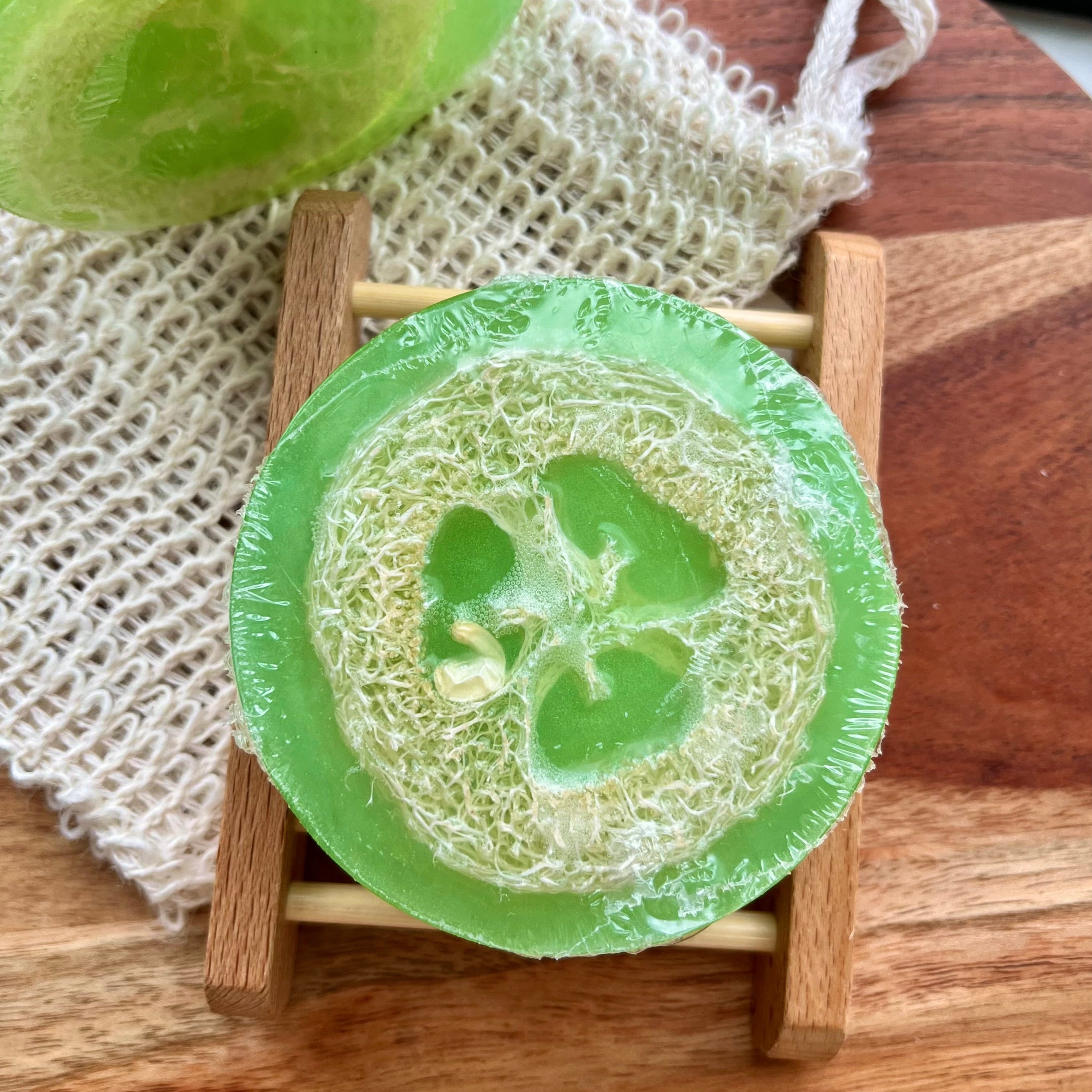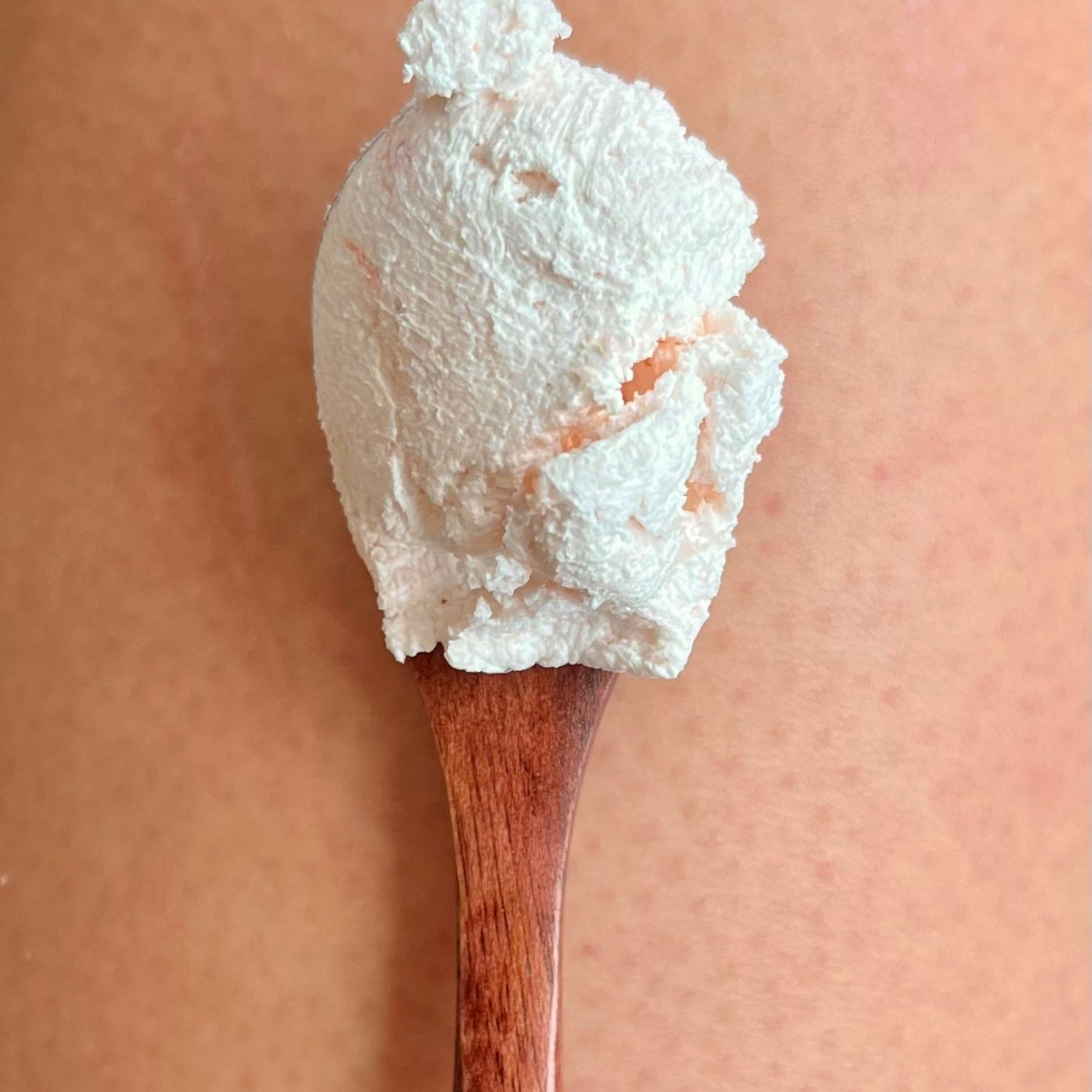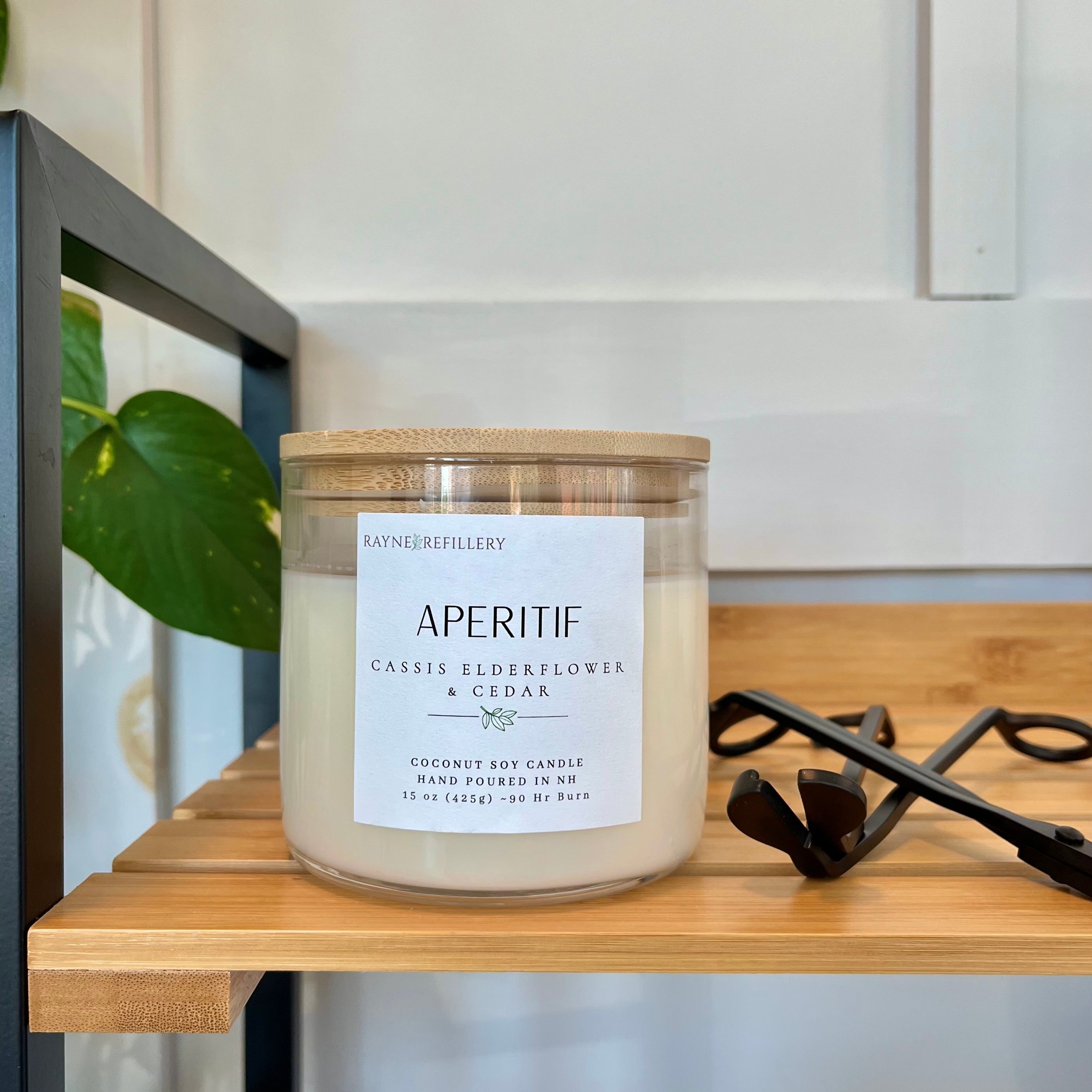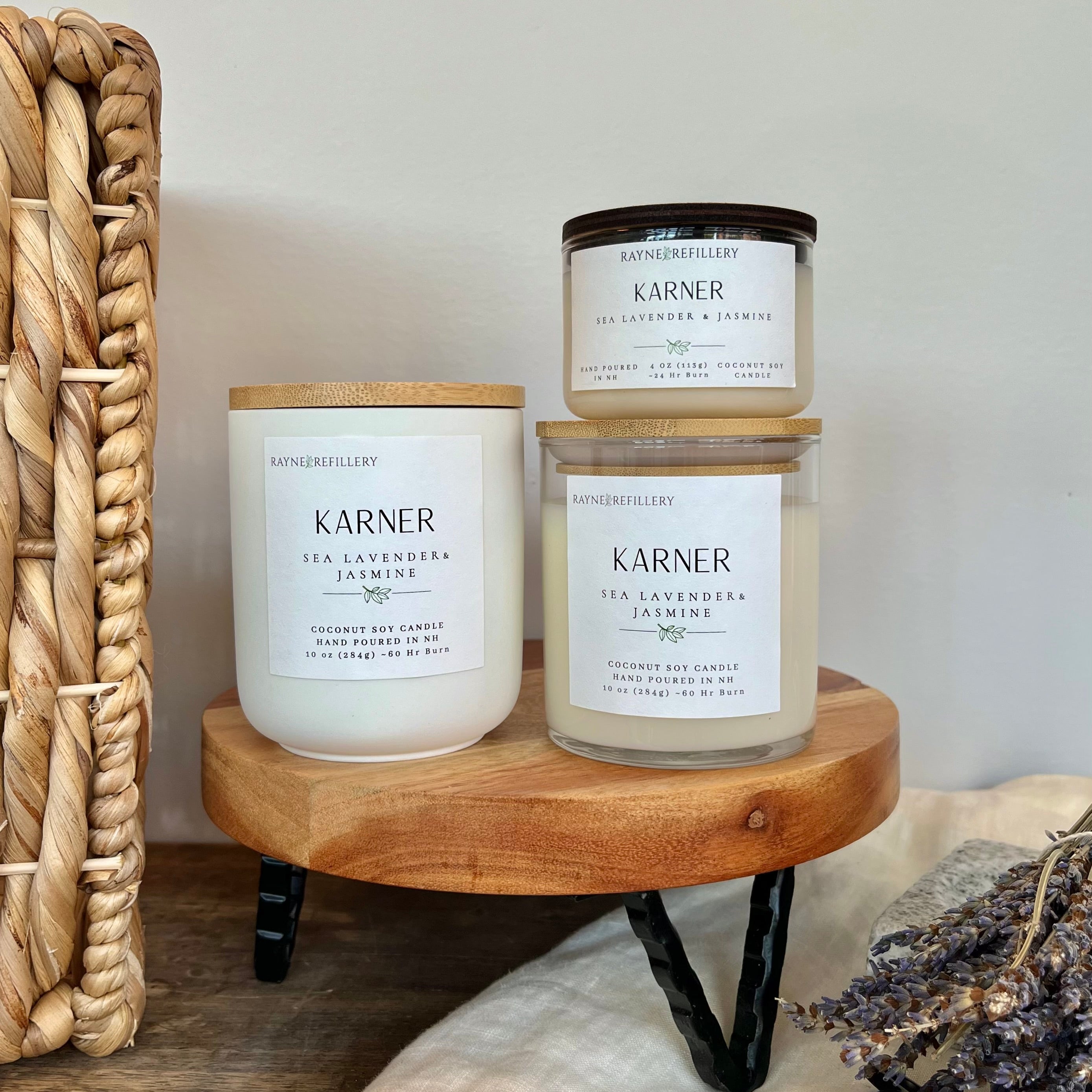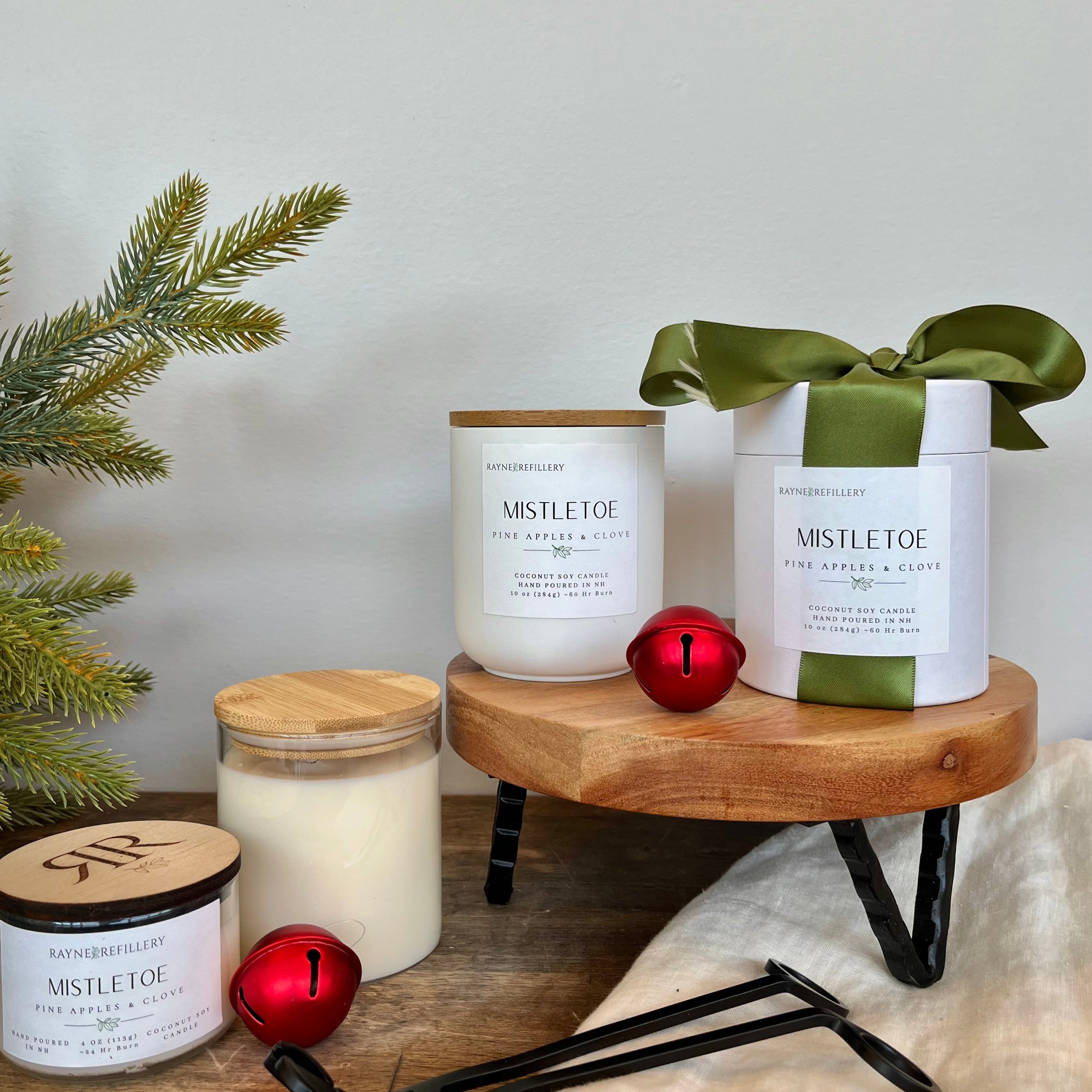Choosing the right laundry detergent might seem simple, but with so many options available, pods, liquids, powders, and refillable concentrates, it can quickly become overwhelming. The detergent you choose doesn’t just affect how clean your clothes get; it also impacts your health, your wallet, and the environment.
From harsh chemicals to single-use plastic waste, conventional detergents can come with hidden downsides.
In this guide, we’ll break down the main forms of laundry detergent, explore their pros and cons, highlight health and safety considerations, and show you how to make the most eco-friendly choice for your home.
By the end, you’ll have the confidence to pick a detergent that works for your family and the planet.
Understanding the Different Types of Laundry Detergent
Laundry detergents come in four main forms, each with unique benefits and potential drawbacks. Understanding how they work can help you make the best choice for your household:
1. Laundry Pods
-
Pre-measured, convenient, and mess-free.
-
Often contain plastic casings and concentrated chemicals.
-
Ideal for quick washes, travel, or households that want to simplify measuring.
2. Liquid Detergent
-
Versatile and effective on stains.
-
Easier to pour and mix for specific load sizes.
-
Can contain added fragrances and chemicals that some people prefer to avoid.
3. Powder Detergent
-
Typically comes in cardboard boxes, reducing plastic waste.
-
Long shelf life and effective for general laundry.
-
Requires more effort to measure and can leave residue if not dissolved properly.
4. Refillable/Concentrated Detergent
-
Sold in bulk or refill stations, allowing repeated use of the same bottle.
-
Reduces packaging waste and often contains fewer synthetic additives.
-
Requires proper dilution, but is highly eco-conscious and cost-effective over time.
Each type has its place depending on lifestyle, laundry needs, and sustainability goals.
Pros and Cons of Each Form
|
Detergent Type |
Pros |
Cons |
|
Pods |
Pre-measured, convenient, less mess |
Plastic casing, higher cost per load, safety risk for children/pets |
|
Liquid |
Stain-fighting, easy to measure, versatile |
Can contain fragrances/chemicals, plastic bottles, shipping weight |
|
Powder |
Plastic-free packaging, long shelf life, eco-friendly |
Requires thorough dissolving, can leave residue if not measured correctly |
|
Refillable/Concentrated |
Minimal packaging, cost-effective, sustainable |
Needs careful dilution, not always available in all stores |
Understanding the pros and cons helps you choose a detergent that balances convenience, cleaning power, and environmental responsibility.
Health and Safety Considerations
Safety is just as important as effectiveness. Many conventional detergents contain chemicals, unsafe fragrances, or dyes that can irritate sensitive skin, trigger allergies, or pose risks to children and pets. Here are key considerations:
-
Non-toxic ingredients: Look for detergents free of phosphates, chlorine, and synthetic dyes.
-
Hypoallergenic options: Fragrance-free or plant-based formulas are gentler on sensitive skin.
-
Pod safety: Keep pods out of reach of children and pets, they can be mistaken for candy.
-
Storage: Always store concentrated liquids and powders in sealed containers, away from heat or moisture.
By prioritizing health and safety, you can ensure your laundry routine is effective without compromising your well-being.
What is the Most Eco-Friendly Way to Do Laundry?
Doing laundry might seem like a small household task, but it can have a big environmental footprint, from the energy your machine uses to the type of detergent you choose.
Here’s how to wash your clothes while being kind to the planet:
-
Choose refillable or concentrated detergents: Refilling reduces single-use plastic and packaging waste, while concentrated formulas use less water and last longer.
-
Go for biodegradable, plant-based ingredients: Avoid detergents with phosphates or optical brighteners, and look for clean, non-toxic fragrances rather than harsh synthetic ones.
-
Wash in cold water: Most laundry loads don’t need hot water. Cold washing saves energy and helps clothes last longer.
-
Run full loads: Fewer cycles mean less water and energy use overall.
-
Skip the dryer when possible: Air-drying is one of the simplest ways to cut energy use and extend the life of your clothing.
-
Use wool or reusable dryer balls: They reduce drying time and eliminate the need for disposable dryer sheets.
The most eco-friendly laundry routine is all about mindful choices that reduce waste, save resources, and protect your clothes and the environment. Small changes can make a meaningful impact over time.
Choosing What Works for You (and the Planet)
Every load of laundry is a chance to make a choice, one that extends beyond clean clothes. It’s about protecting your home, your health, and the environment we all share. While there are many detergent options out there, the most meaningful choice is the one that reduces waste, limits harmful ingredients, and supports a cleaner future.
Eco-friendly detergents allow you to care for your clothes without creating more plastic waste or polluting our waterways. They prove that convenience and sustainability can go hand in hand.
One refill, one load, one small change at a time.
At Rayne Refillery, we believe sustainability starts with simple daily habits. By choosing eco-friendly, refillable laundry solutions, you’re not just cleaning your clothes… you’re caring for the planet, too.


